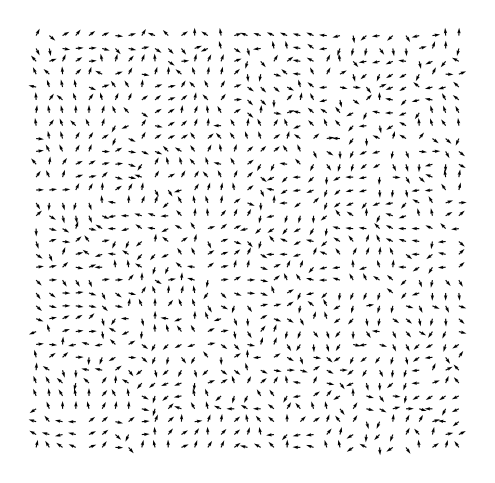Updated: May 2025.Views (today/total):

In brief: in mathematical statistical mechanics one hopes to study rigorously phase transitions and the renormalization group. A central object in this domain are Gibbs mesures and their generalizations, which extend the canonical ensemble of Gibbs theory to infinite systems. In order to model phase transitions, one can construct probability measures on an infinite product probability space in an alternative way to the standard Kolmogorov construction which avoids the thermodynamic limit of intensive quantities and takes into account non-unicity in a built-in way. This alternative DLR construction has been introduced at the end of the sixties by Dobrushin in the East and Lanford-Ruelle in the West and involves systems of compatible conditional probabilities with respect to the exterior of finite (or infinite!) subsets, when the boundary conditions are fixed, to directly reach local (or quasilocal) observables of interest in infinite volume. Within this context I am currently focusing on the effect of some renormalization group transformation to lattice systems, such as nearest-neighbors and long-range Ising and XY models on \(\mathbb{Z}^2 \) under decimation and Ising models on Cayley trees under majority rule. The figure above displays a critical configuration of the n.n. XY model in the box \([-16,16]^2 \cap \mathbb{Z}^2 \) with periodic boundary conditions.
Keywords: Gibbs measures, Dobrushin-Lanford-Ruelle equations, decimations, majority rules, Ising model, XY model.